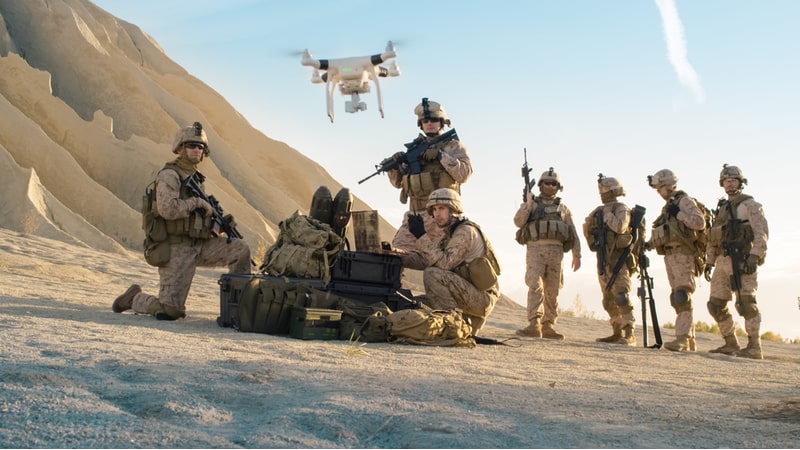
The Department of Defense’s (DOD) Replicator program has delivered hundreds of autonomous drones to warfighters and put thousands more on contract, marking major progress two years after Replicator’s launch, according to officials familiar with the program.
The Replicator initiative, spearheaded by the Defense Innovation Unit (DIU), was launched to accelerate the deployment of thousands of low-cost, autonomous systems across land, air, sea, and cyber domains. The goal: deliver these capabilities to the field by August 2025. The program’s second phase, Replicator 2, announced in September 2024, focuses on scaling field-ready counter-drone systems already in production.
“We were able to deliver, at least initially, hundreds of drones to warfighters, not just for exercises, but directly into the hands of the joint force,” T.S. Allen, former director of Replicator 1, said during a Brookings Institution online seminar on Aug 21. “Thousands more are rolling off the assembly line, and that’s a win.”
One of the more notable accomplishments of Replicator, according to Allen, has come in the maritime domain. The initiative partnered closely with the U.S. Navy to accelerate the development and deployment of uncrewed surface vessels, leveraging commercial innovation to move faster than traditional defense procurement timelines. As a result, the Navy is now on track to field what could become the world’s largest fleet of uncrewed surface vessels by the late 2020s.
Allen explained that these platforms — designed for surveillance, reconnaissance, and strike missions — are built with modular software and integrated data systems that allow them to operate in swarms, communicate across platforms, and adapt to evolving mission needs.
Additionally, the DOD has streamlined the development and deployment of autonomous systems by deepening partnerships with commercial tech firms and placing greater emphasis on software and data integration.
“The software and integrated enablers have changed how the department manages data for autonomous systems … and those changes will pay off for years,” Allen said.
But Replicator’s impact is already being felt on the ground, Allen noted, recalling a May 2025 visit from an Army brigade commander who had deployed Replicator-supplied drones and munitions in recent operations.
“When he took command, his brigade had no modern drones,” Allen said. “Now he counts these systems among his most lethal assets.”
Still, challenges remain. That same brigade left behind a “laundry list” of fixes for the DIU and Army teams. Allen acknowledged that while the current fielded systems mark progress, the scale of need is far larger.
“We probably need to 10x what Replicator delivered to meet the full demands of the modern battlefield,” Allen said. “But we went from zero to one … and that was the goal.”
Replicator’s early accomplishments — from deploying drones to advancing naval autonomy — reflect more than just technological progress; they mark a broader cultural and organizational shift within the Pentagon, according to former DIU Deputy Director Aditi Kumar.
“The department had this perennial innovation problem rooted more in culture than in budget,” Kumar said. “We broke through that by focusing senior leadership on a specific capability and demonstrating delivery.”
Rather than centralize control, Replicator established a distributed leadership model. Traditional service acquisition offices, combatant commands, and DIU each took the lead on familiar roles – just with tighter timelines and greater coordination.
“That model wasn’t easy,” Kumar said. “There was tension, but it fostered shared ownership across the department … and that’s how you drive lasting change.”
Replicator was initially funded through a reprogramming request using under-executed accounts, not new spending. It was later boosted by DIU’s $1 billion allocation, with more funding likely to follow. While the exact fiscal year 2026 budget details remain undisclosed, past funding signals strong DOD commitment.
